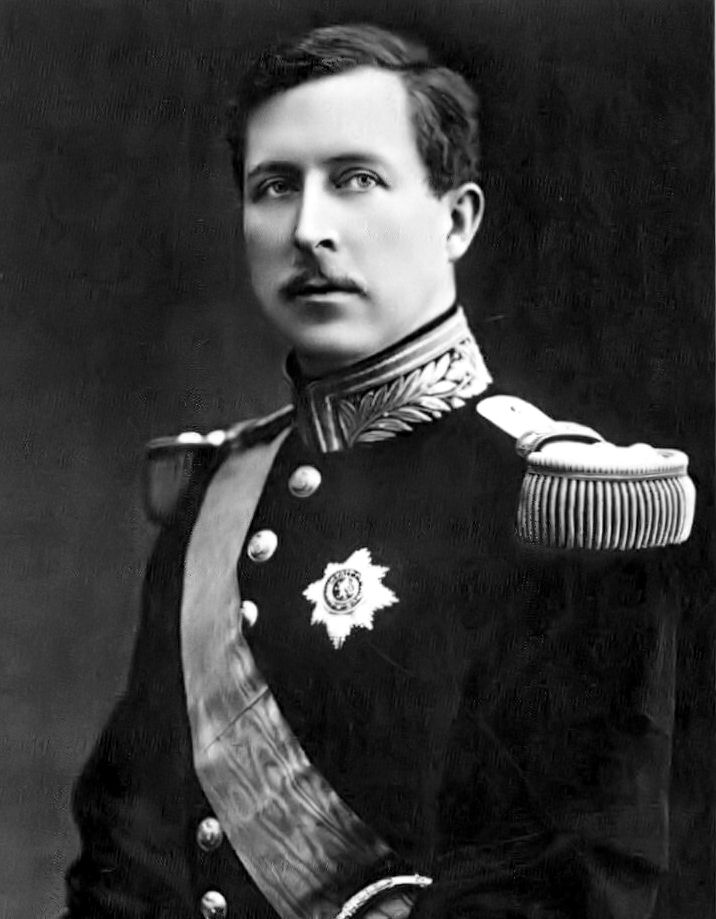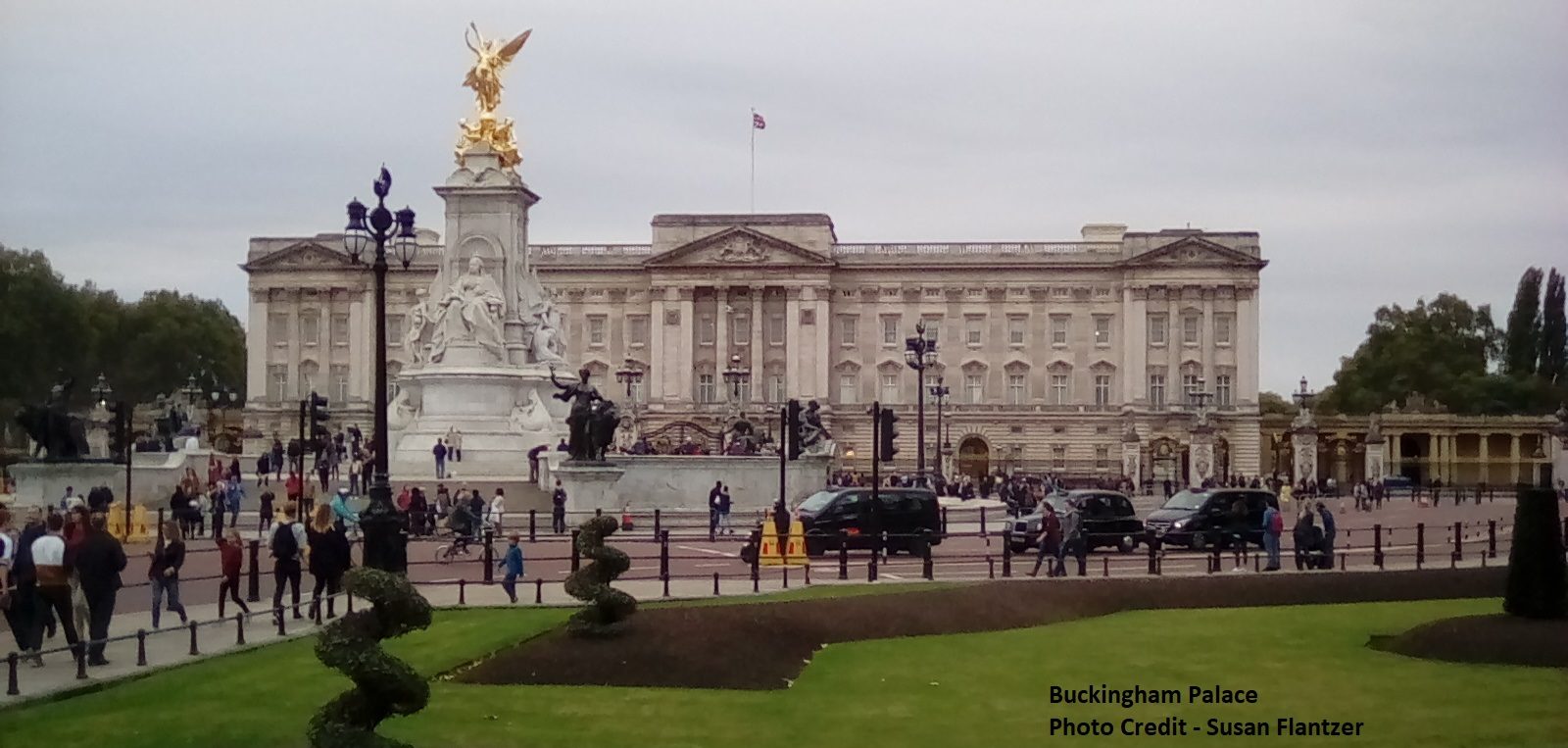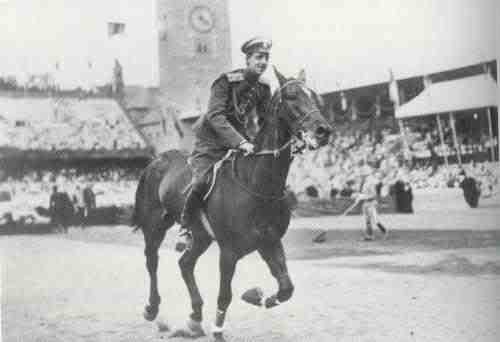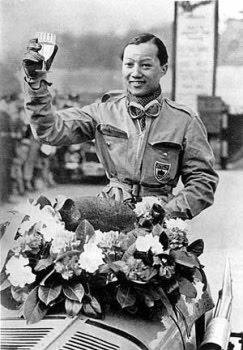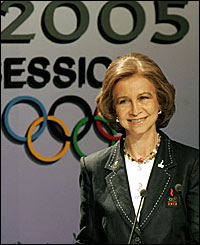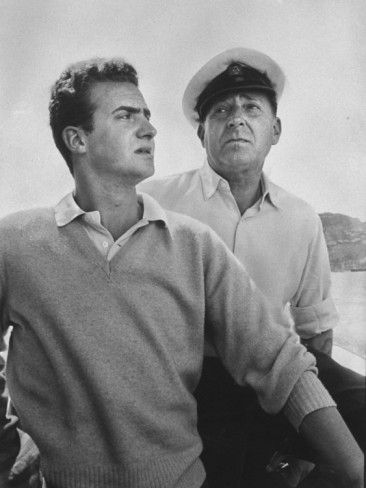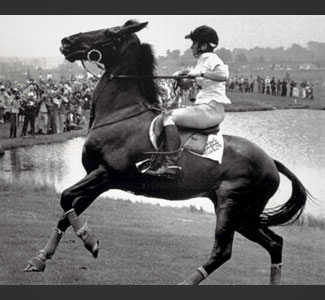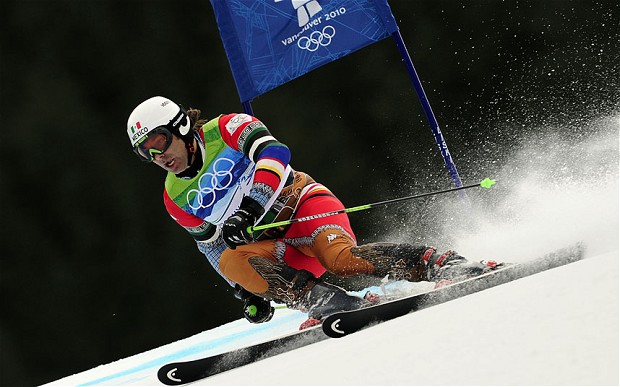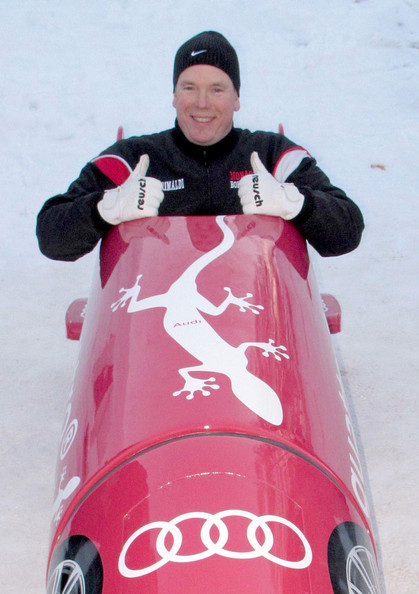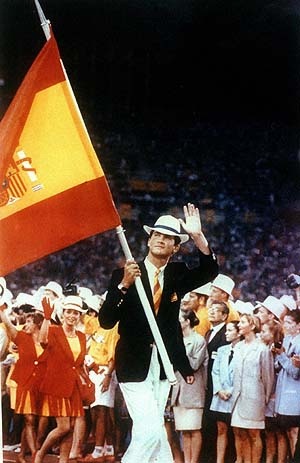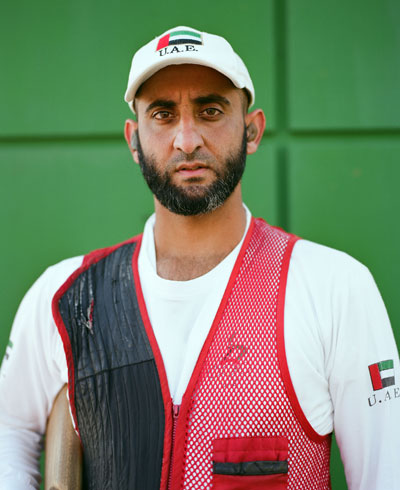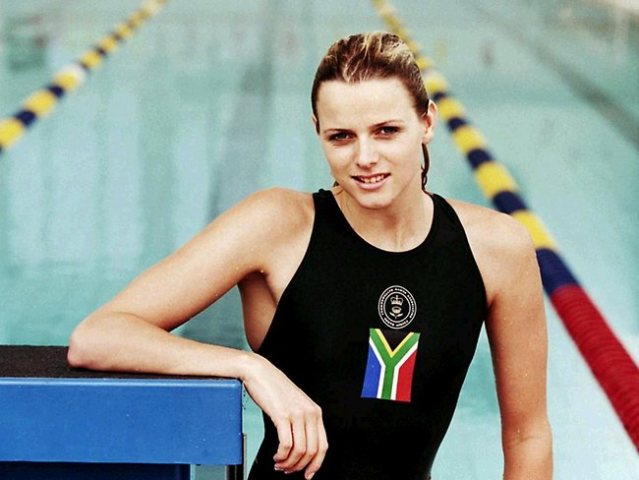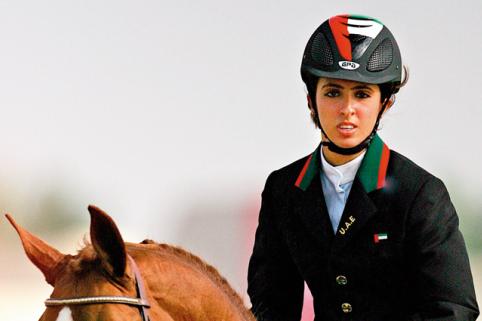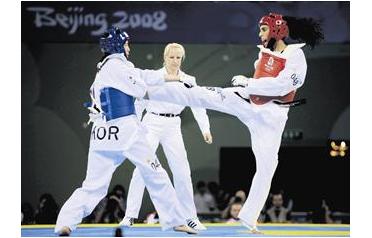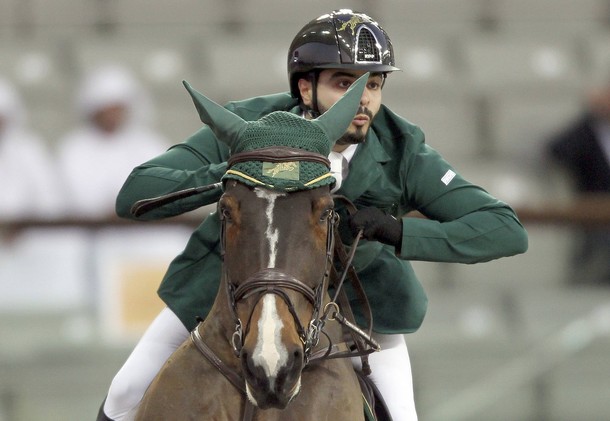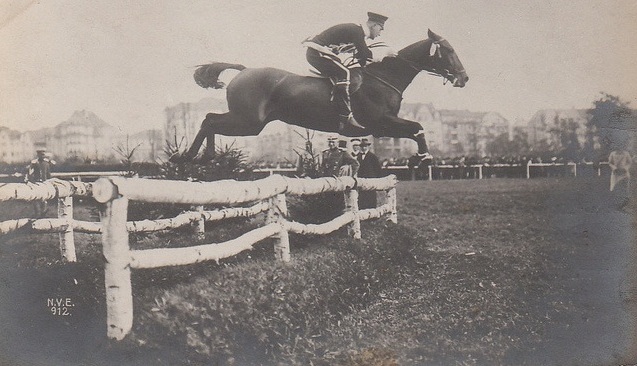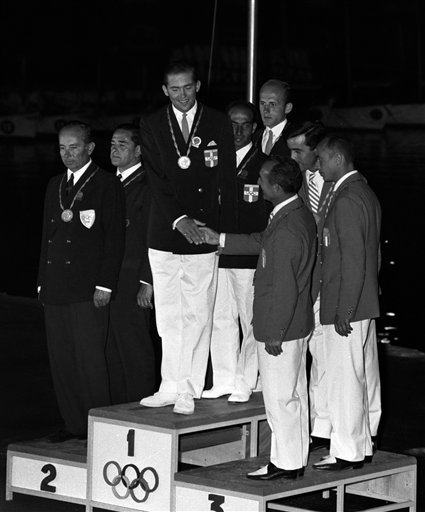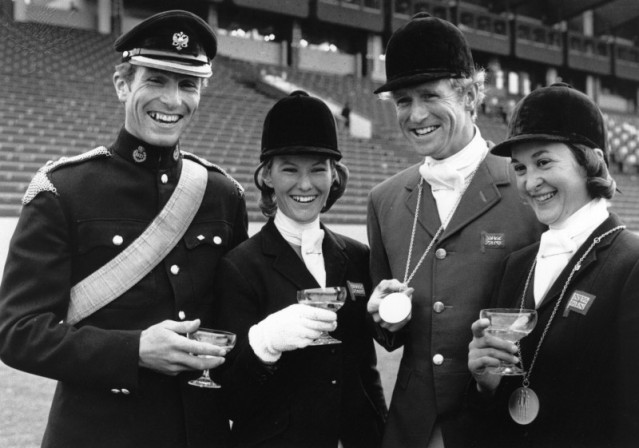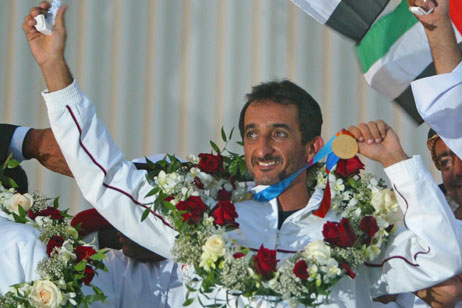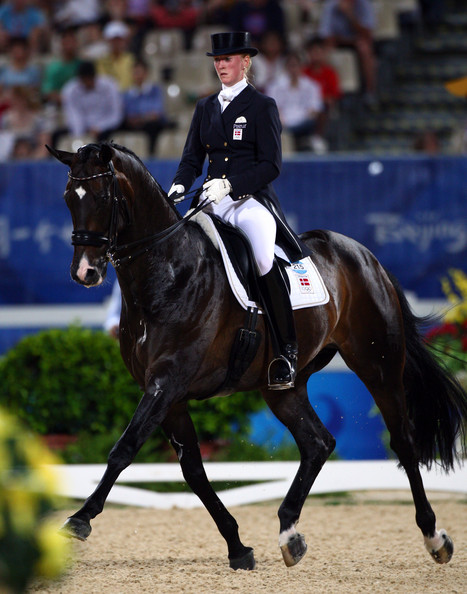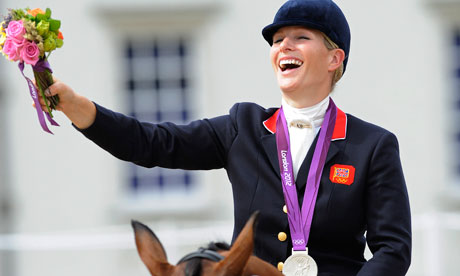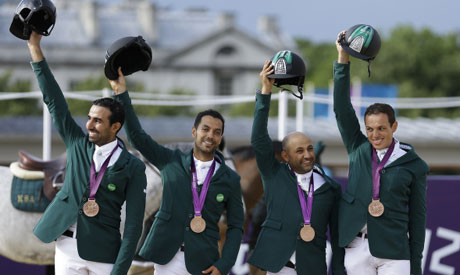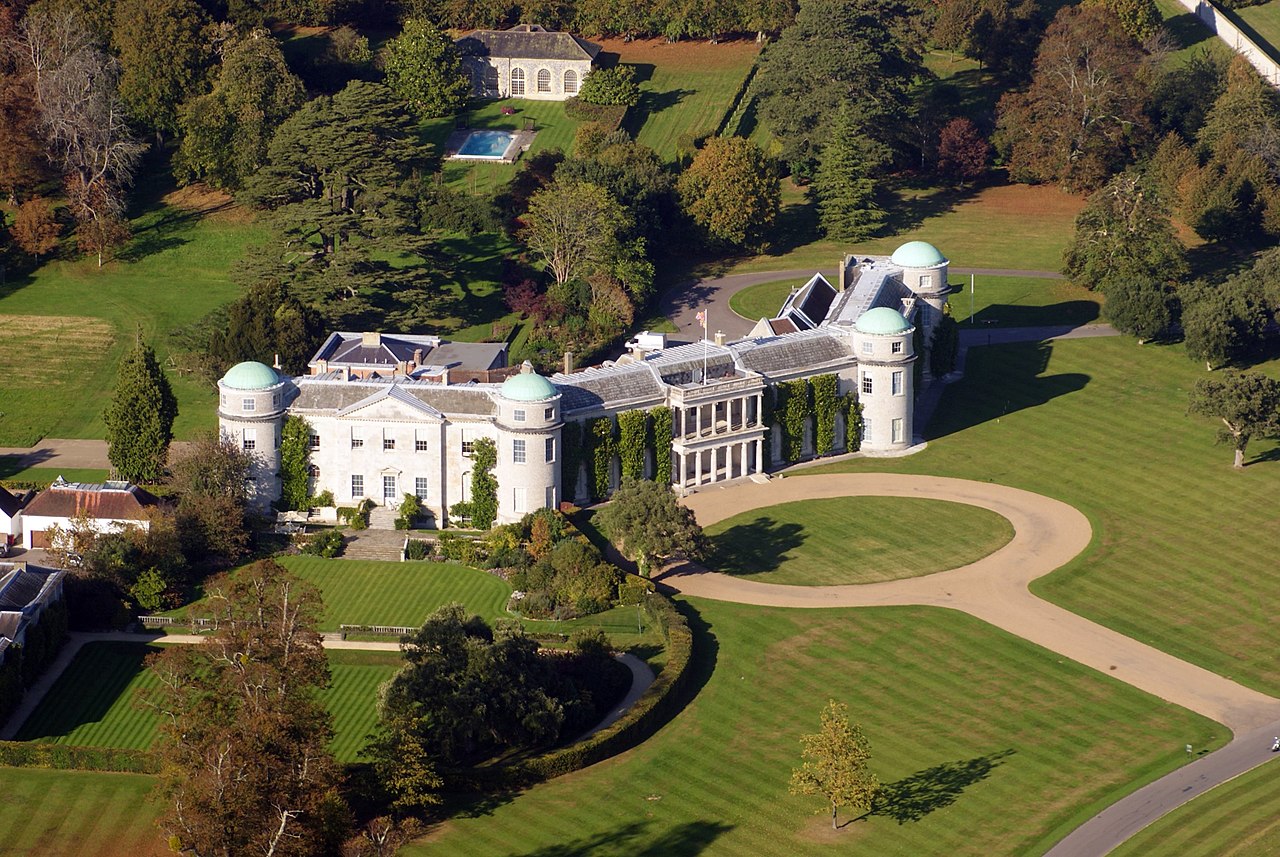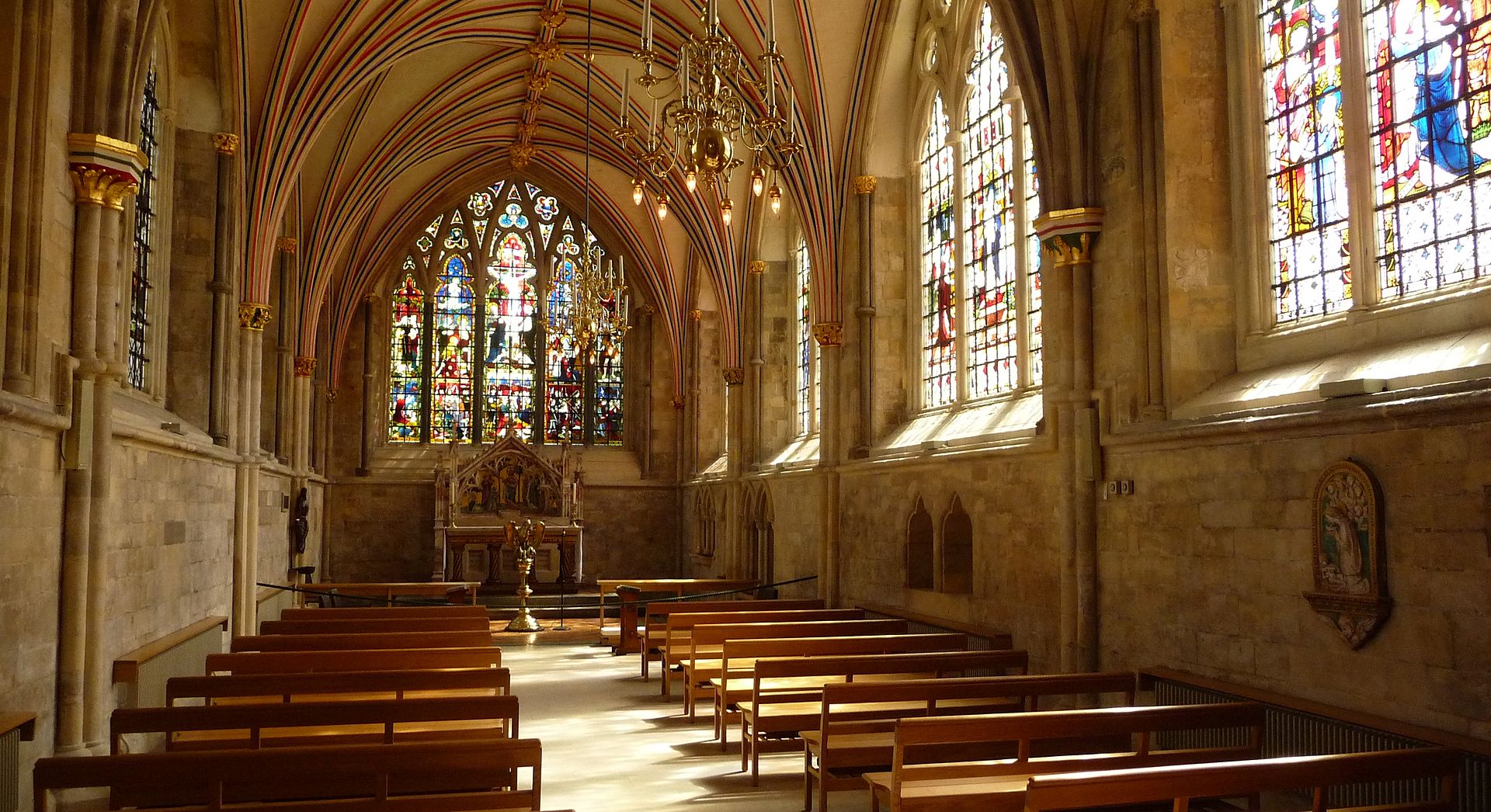by Susan Flantzer
© Unofficial Royalty 2024

Charles Lennox, 1st Duke of Richmond, 1st Duke of Lennox, 1st Duke of Aubigny; Credit – Wikipedia
Despite fathering many illegitimate children with his mistresses, King Charles II of England had no children with his wife Catherine of Braganza. Charles II is an ancestor through his mistresses of many British aristocrats and of several women who married into the British Royal Family. Lucy Walter and Charles II are ancestors of Sarah, Duchess of York and Princess Alice, Duchess of Gloucester. Barbara Palmer, 1st Duchess of Cleveland and Charles II are ancestors of Diana, Princess of Wales and Sarah, Duchess of York. Louise Renée de Penancoet de Kérouaille, Duchess of Portsmouth and Charles II are ancestors of Diana, Princess of Wales, Queen Camilla, and Sarah, Duchess of York.
*******************
An ancestor of Diana, Princess of Wales and Queen Camilla of the United Kingdom, Charles Lennox, 1st Duke of Richmond, 1st Duke of Lennox, 1st Duke of Aubigny was born in London, England on July 29, 1672, the illegitimate son of King Charles II of England and the only child of one of his mistresses, Louise de Kérouaille, Duchess of Portsmouth in her own right. Louise was born in France and came from a noble family of Brittany, but the income of Louise’s family was not commensurate with their rank, and they lived modestly. Louise’s marriage prospects were dim as the relative poverty of her parents did not allow for a dowry. Instead, in 1669, her parents arranged for her to be placed in the household of Henriette-Anne, Duchess of Orléans, daughter of King Charles I of England, at the Palace of Versailles. Henriette-Anne’s husband was her first cousin Philippe I, Duke of Orléans, the only sibling of King Louis XIV of France, and her brother was King Charles II of England.

Charles’ mother Louise de Kérouaille, Duchess of Portsmouth; Credit – Wikipedia
In January 1670, Louise accompanied Henriette-Anne on a diplomatic mission to King Charles II at Dover Castle in England. King Louis XIV hoped Louise would catch the eye of his first cousin King Charles II, and then there would be a French mistress at the English court. When the diplomatic mission was completed, Henriette-Anne offered her brother his choice of jewelry from her jewelry box, which Louise handed to her. Placing his hand on Louise’s hand, King Charles II is reputed to have said: “This is the only jewel I want!” After Henriette-Anne’s sudden death in June 1670, Louise was left without a position. King Charles II appointed her as a lady-in-waiting to his wife Catherine of Braganza. Louise was housed in an apartment at Whitehall Palace in London, and King Charles II came to her every evening.
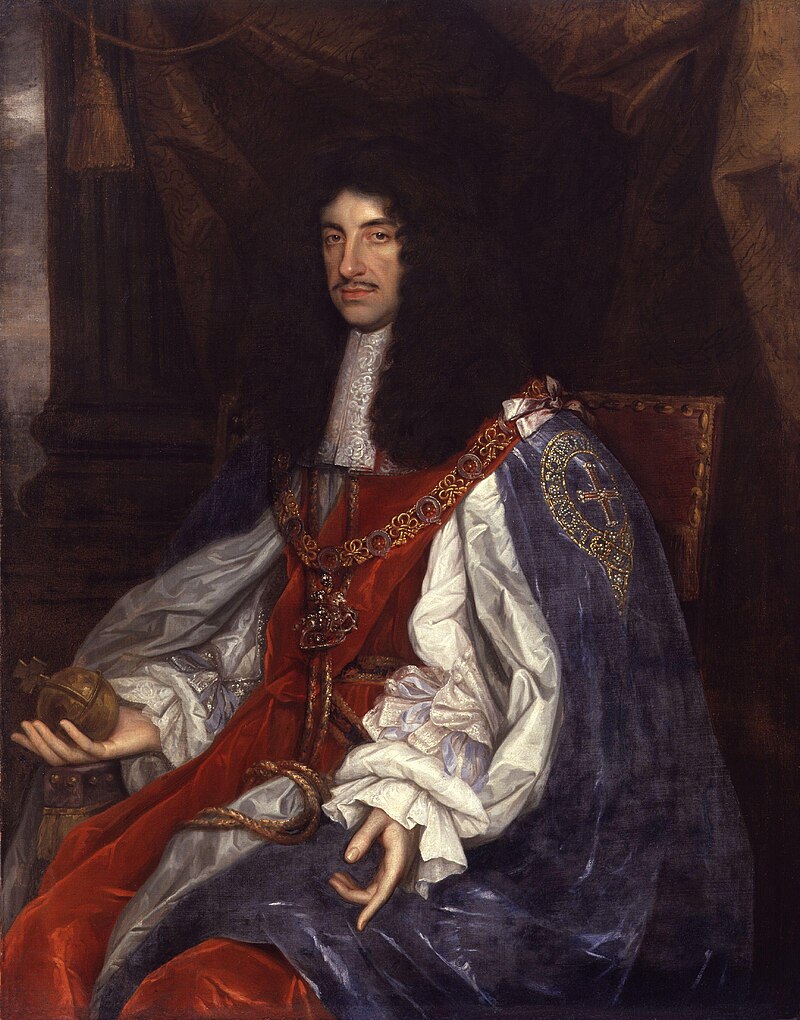
Charles’ father King Charles II of England; Credit – Wikipedia
Once Louise had given King Charles II a son, she set out to reap rewards. On August 9, 1675, King Charles II granted Louise the titles Duchess of Portsmouth, Countess of Fareham, and Baroness Petersfield in her own right. On the same day, King Charles II’s illegitimate son by Louise, who had been given the surname Lennox, was created Duke of Richmond, Earl of March, and Baron Settrington in the Peerage of England, and on September 9, 1675, he was created Duke of Lennox, Earl of Darnley, and Baron Methuen of Torbolten in the Peerage of Scotland. In addition, Louise received an annual pension and a suite of twenty-four rooms in Whitehall Palace, richer and grander than Queen Catherine’s chambers. More rewards came later. Louise’s son was invested as a Knight of the Garter in 1681. Louise de Kerouaille managed to hold on to the title of official mistress until the end of King Charles II’s life. On February 2, 1685, King Charles II died from an apparent stroke, although modern analysis of his symptoms seems to indicate he may have died from uremia, a symptom of kidney failure.
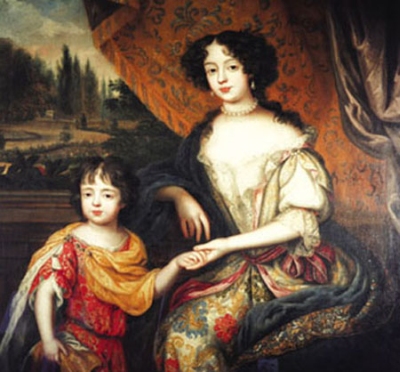
Louise de Kérouaille, Duchess of Portsmouth and her son Charles Lennox, 1st Duke of Richmond; Credit – The Peerage
After King Charles II died, Charles and his mother Louise went to France. King Louis XIV gave Charles the French title Duke of Aubigny. Charles, originally christened in the Church of England, converted to Roman Catholicism in 1685. Unsatisfied with his position at the French court and sure his position at the English court would be higher and that he would receive more revenue, 20-year-old Charles returned to England in 1692, during the reign of his first cousins, who reigned jointly as King William III and Queen Mary II. Charles renounced the Roman Catholic religion at a ceremony at Lambeth Palace in London and rejoined the Church of England. Despite renouncing the Catholic religion, Charles was suspected by the Protestant King William III of being one of the Jacobites, whose goal was to restore the Roman Catholic Stuart King James II of England/VII of Scotland and his Roman Catholic heirs to the thrones of England and Scotland. However, by loyally serving King William III as his Aide-de-Camp, Charles convinced him he was a true member of the Church of England. Charles served as Master of the Horse from 1681 – 1685, during his father’s reign, and Lord High Admiral of Scotland from 1701 – 1705, during the reign of his first cousin, King William III. He served as Lord of the Bedchamber to King George I from George I’s accession to the throne in 1714 until Charles died in 1723.
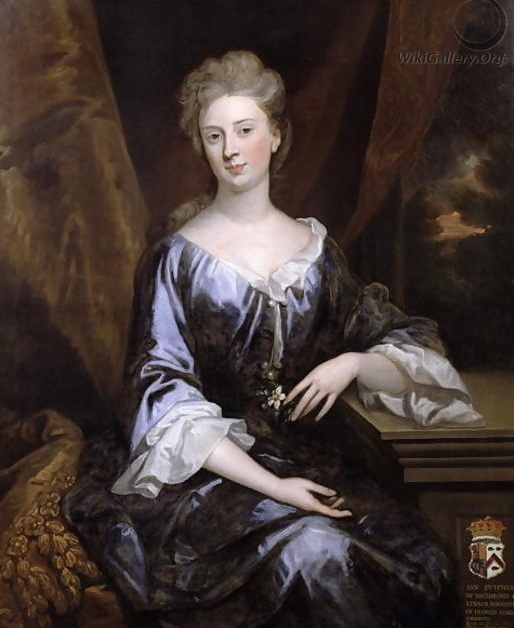
Charles’ wife, born Anne Brudenell; Credit – Wikipedia
On January 8, 1692, Charles married Anne Brudenell, the daughter of Francis Brudenell, Lord Brudenell, the eldest son and heir apparent of Robert Brudenell, 2nd Earl of Cardigan. Charles and Anne had one son and two daughters. Queen Camilla of the United Kingdom and Diana, Princess of Wales are descended from their daughter Anne. Diana, Princess of Wales is also descended from their son Charles.
- Lady Louisa Lennox (1694 – 1716), married Vice-Admiral James Berkeley, 3rd Earl of Berkeley, had one son and one daughter
- Charles Lennox, 2nd Duke of Richmond, 2nd Duke of Lennox, 2nd Duc d’Aubigny (1701 – 1750), married Lady Sarah Cadogan, had four sons and eight daughters
- Lady Anne Lennox (1703 – 1789), married Willem van Keppel, 2nd Earl of Albemarle, had four sons and two daughters
Charles’ wife Anne died on December 9, 1722, aged 51, and was interred in the Brudenell family vault at St. Peter’s Church in Deene, Northamptonshire, England. Charles survived his wife by nearly six months, dying on May 27, 1723, at his home Goodwood House. Goodwood House, now in Westhampnett, Chichester, West Sussex, England, built in about 1600 and acquired by Charles Lennox, 1st Duke of Richmond in 1697, is the seat of the Dukes of Richmond.
Charles was first buried in the Henry VII Chapel at Westminster Abbey in London, England. In 1750, he was reinterred in the Lady Chapel at Chichester Cathedral in Chichester, West Sussex, England. Due to neglect during the Reformation, the Lady Chapel was granted to Charles Lennox, 3rd Duke of Richmond, as a family mausoleum.
Charles predeceased his mother, Louise de Kérouaille, Duchess of Portsmouth. When she died in 1734, her estate and French title were inherited by her grandson Charles Lennox, 2nd Duke of Richmond, 2nd Duke of Lennox. Château de la Verrerie, Louise’s French home, was kept by her descendants for over one hundred years. In 1842, Château de la Verrerie was sold by Charles Gordon-Lennox, 5th Duke of Richmond, 5th Duke of Lennox, 5th Duke of Aubigny. Much of Louise’s collection of paintings and furniture are now at Goodwood House in Chichester, West Sussex, England, the seat of the Duke of Richmond and Lennox.
In 1683, the English colony of New York was divided into ten counties. Staten Island, now one of the five boroughs of New York City, and several minor neighboring islands, were designated as Richmond County, named after Charles Lennox, 1st Duke of Richmond. Still today, Staten Island is Richmond County, one of the counties of New York State.
This article is the intellectual property of Unofficial Royalty and is NOT TO BE COPIED, EDITED, OR POSTED IN ANY FORM ON ANOTHER WEBSITE under any circumstances. It is permissible to use a link that directs to Unofficial Royalty.
Works Cited
- Beauclerk-Dewar, Peter & Powell, Roger. (2006). Right Royal Bastards – The Fruits of Passion. Burke’s Peerage & Gentry LLC.
- Charles Lennox, 1st Duke of Richmond. (2024). In Wikipedia. https://en.wikipedia.org/wiki/Charles_Lennox,_1st_Duke_of_Richmond
- Chichester Cathedral: West Sussex. Chichester Cathedral. (n.d.). https://www.chichestercathedral.org.uk/
- Flantzer, Susan. (2020). Louise de Kérouaille, Duchess of Portsmouth. Unofficial Royalty. https://www.unofficialroyalty.com/louise-de-kerouaille-duchess-of-portsmouth-mistress-of-king-charles-ii-of-england/
- Flantzer, Susan. (2016). King Charles II of England. Unofficial Royalty. https://www.unofficialroyalty.com/king-charles-ii-of-england/
- Fraser, Antonia. (2002). King Charles II. Phoenix.
- Weir, Alison. (2008). Britain’s Royal Families – The Complete Genealogy. Vintage Books.


